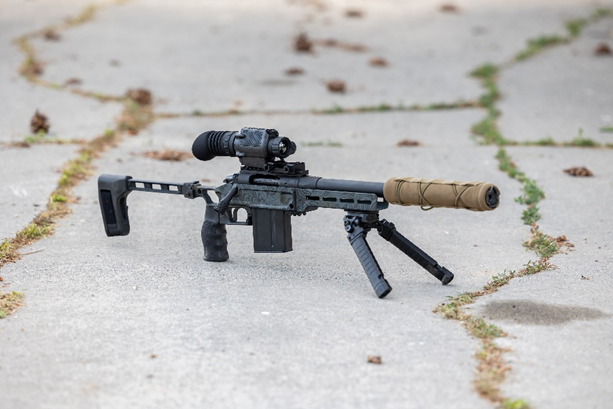6 Hacks of Night Vision Rifle Scopes You Need to Know
Aug 14th 2024
Night vision scopes have revolutionized nocturnal activities. These incredible devices allow us to see in low-light conditions that would otherwise be impossible, whether for hunting, predator control, law enforcement, or military operations. However, like any specialized equipment, night rifle scopes have their quirks and require specific knowledge to maximize their potential.
Here are six expert tips to enhance your experience and ensure you're getting the most out of your night vision equipment, no matter your familiarity with the technology.
Hacks to Enhance Your Night Vision Technology Experience
1. Master Night Vision Technology
There are two main types of night vision scopes: thermal imaging and image intensification (I2). I2 scopes amplify ambient light—like moonlight or starlight—making it appear brighter. On the other hand, thermal scopes detect heat signatures emitted by objects, enabling you to see in complete darkness regardless of ambient light. Understanding the technology behind your scope is crucial. Thermal scopes excel in total darkness or through obstacles like fog or smoke, while I2 scopes perform best with some natural light.

2. Understand the Magnification
Night vision scopes come with varying magnification levels. Higher magnification lets you zoom in on distant objects for better identification, but it narrows your field of view. Lower magnification helps you maintain situational awareness in close quarters or dense brush. Conversely, higher magnification is ideal for open fields or long-range target acquisition. Finding a balance between field of view and magnification that suits your typical shooting scenarios is essential.
3. Lighting Matters
Think of an infrared illuminator as a flashlight for the night vision world; it emits infrared light, invisible to the human eye but detectable by the scope, illuminating your target area. Choosing an illuminator with the appropriate power output for your needs is key. High-power illuminators enhance visibility over longer ranges, while low-power ones suffice for shorter distances. Remember, excessive lighting can distort your image, so find the optimal setup for your conditions.

4. Get the Focus Right
A clear, focused view is crucial for precise target identification and shot placement. Most night vision scopes have a focus knob to adjust image clarity at various distances. Practice focusing your scope in low light at different ranges to avoid wasting valuable time adjusting the focus when your target is in sight.
5. Conceal Your Night Vision Use
Although night vision scopes don't produce light, the attached illuminator can. Use a light filter or shade over the illuminator to conceal your position and maintain the element of surprise. Additionally, some animals, including predators, possess some night vision capabilities. While they can't see IR light directly, reflections off the lens might alert them. Reduce this risk by using a scope cover when not actively using night vision.

6. Battery Management
Night vision scopes are power-hungry. The last thing you want is dead batteries during a critical moment. Always carry spare batteries and ensure they are fully charged before heading out. Consider using rechargeable batteries and a reliable charger for night trips to ensure you're always prepared. Some night vision scopes come with external battery packs, significantly extending their operating time.
Final Thoughts
By applying these tips and continuously improving your skills, you can transition from a night vision novice to a confident and proficient user in low light. Remember, practice makes perfect, so dedicate time to learning your night vision scope's intricacies and honing your abilities
